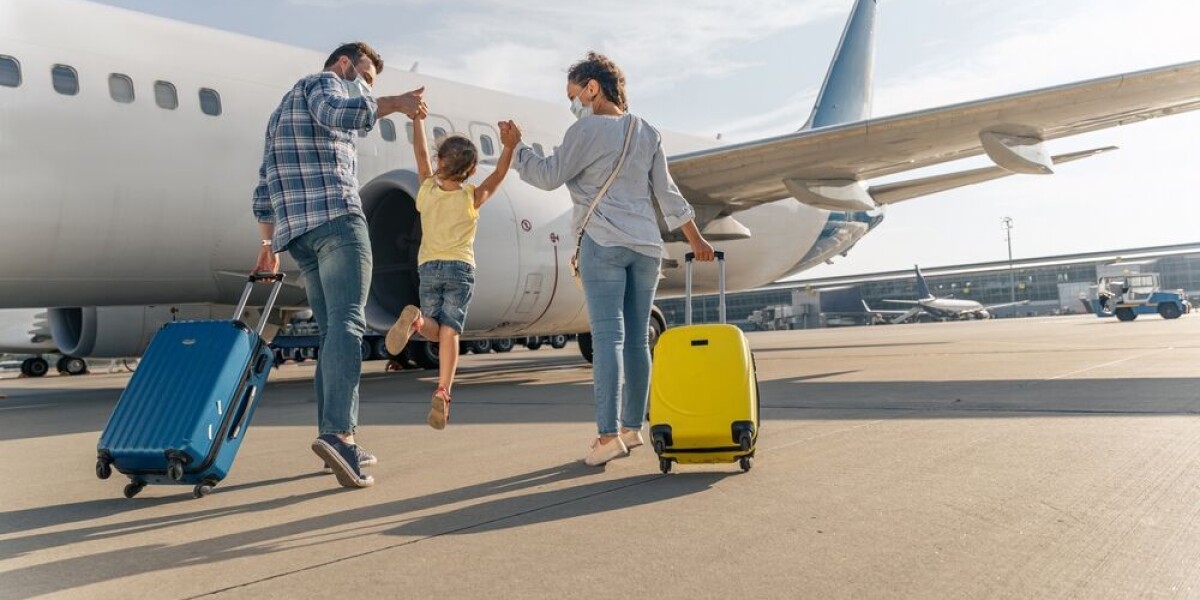
- Select a language for the TTS:
- UK English Female
- UK English Male
- US English Female
- US English Male
- Australian Female
- Australian Male
- Language selected: (auto detect) - EN
Play all audios:
Access to transportation is one of the key social determinants of health for older adults, and the lack of access is associated with negative health outcomes, including social isolation,
depression, and early entry into a long-term care facility. But in a recent survey, one quarter of adults aged 65+ and one third of those 75+ reported not taking a trip in a given day, often
due to disability or being homebound. With older adults having comparatively fewer transportation options than their younger counterparts, automated vehicles (AVs, driverless cars) are
often viewed as one technology that can extend an older adult’s ability to remain independently mobile. But that outcome is not guaranteed. Existing new mobility options such as ride
hailing, and by extension the expected introduction of AVs, primarily cater to the _easiest-to-serve_ older adult, as well as younger and other populations. Due to profitability and
liability pressures, new mobility companies have focused on an older adult population that is similar to their broader clientele in terms of physical mobility, cognitive and physical
fitness, financial resources, and technology comfort and fluency. The situation has left a large population of _harder-to-serve_ older adults out of the new mobility revolution, largely
unable to access its benefits. Those who have more limitations (physical, cognitive, multiple disabilities, financial, technology access/understanding) or certain specific needs
(transportation that accommodates mobility aids, low-income, rural location) often do not fit into current new mobility business models. The ride hailing service model provides a useful
analytic proxy for AVs, as it presents a similar consumer experience to what is expected for AVs. Three barriers for older adults are immediately apparent: 1. Using these emerging
transportation technologies requires smartphone and internet access, and access to making online payments, all of which present challenges for many older adults who may lack even a base
level of tech fluency and comfort. 2. The vehicles can be difficult to enter and exit, and they may not easily accommodate the walking aids or wheelchairs that are used by approximately a
quarter of all older adults. 3. Current ride hailing and projected AV services focus almost exclusively on curb-to-curb service, but many older adults need door-to-door or hand-to-hand
service due to challenges such as: identifying the vehicle when it arrives; stowing and retrieving bags or mobility aids; finding the correct door at complex locations such as a hospitals or
shopping centers; and physically navigating busy streets and sidewalks. This report offers a framework that can serve as a tool for public- and private-sector actors in ensuring the
equitable development of these new forms of transportation focusing on consumers and the local mobility ecosystem. _Do consumers trust the technology? Will they have privacy in the vehicle?
Can they afford it? Are sidewalks and crosswalks available and safe when disembarking? Will the service undermine public transit the community relies on or increase traffic congestion?_ The
framework identifies factors that will affect how older adults engage with and experience AVs, and new mobility more generally, with a focus on the needs of the harder-to-serve older adult
and the benefits of the “universal design” approach. It can be used, for example, as a checklist for city and state government officials planning new mobility pilots for older adults, or as
an evaluation tool post-pilot. Private sector partners, such as vehicle producers or new mobility service companies, might use the framework to expand their research agenda, and explore
adjustments to their products, services, communications and partnerships. Stakeholders interviewed for this research sometimes called the hardest/harder-to-serve populations “nobody’s
problem.” They are largely left out, even inadvertently harmed by, newer forms of mobility and there is a lack of consensus on who – federal, state, local governments, private sector
companies, and/or advocacy groups – should be responsible for addressing barriers to their participation. Eliminating the “nobody’s problem” challenge will require public and private sector
focus, funding, and coordination between traditional paratransit providers (local governments, social service organizations), microtransit, existing new mobility providers, and AV companies.
The framework in this report can provide an easy-to-consult reference for policymakers as they define roles and responsibilities among public- and private-sector actors whose actions can
enable equitable access—or result in greater inequity.








